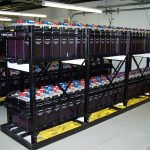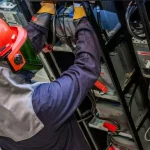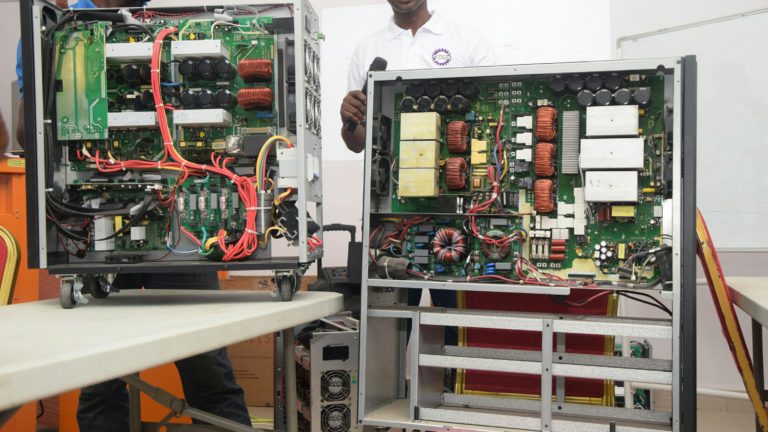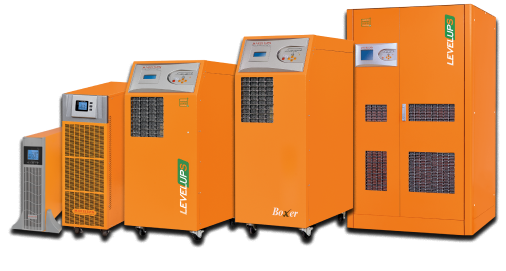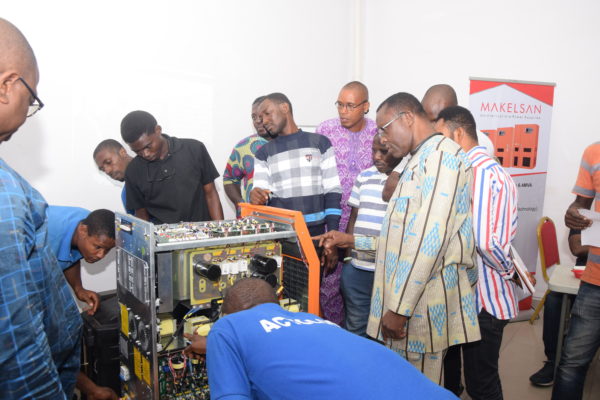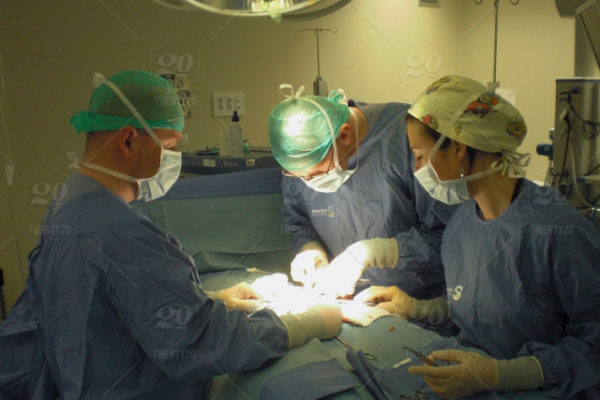
The common components of a UPS include;
The Main Board; The Central board is the main heart of the UPS. Like the brain, it controls the whole signals.
The Rectifier; The rectifier converts D.C to A.C. The rectifier has two main functions. One is to charge the batteries (like an alternator in a car) so your batteries remain at the proper float voltage.
The battery; is the heart of your UPS system. Should your facility experience a utility power failure, your mission critical equipment will depend on your UPS’s battery system to support the load. For more information on batteries click here
The Static Bypass; the static bypass automatically closes the circuit and allows the incoming power to divert around the rectifier, batteries and the inverter to supply utility grade power (unconditioned) directly to your load.
The Inverter; The inverter within a UPS accepts the DC from the DC buss, which is supplied by the rectifier and the battery. During a power outage, the rectifier will no longer provide current to the D/C buss, leaving the battery to support the load.


